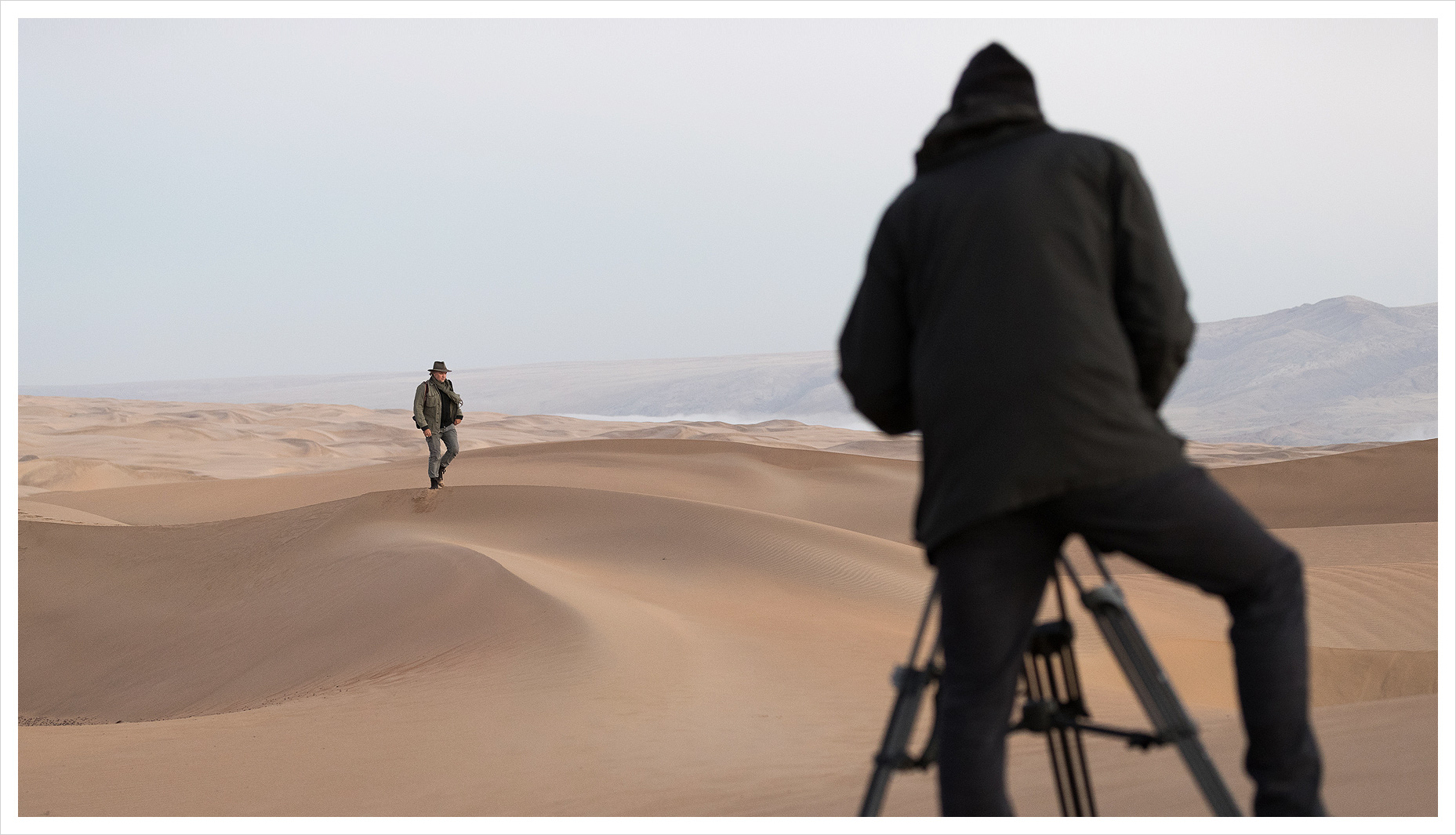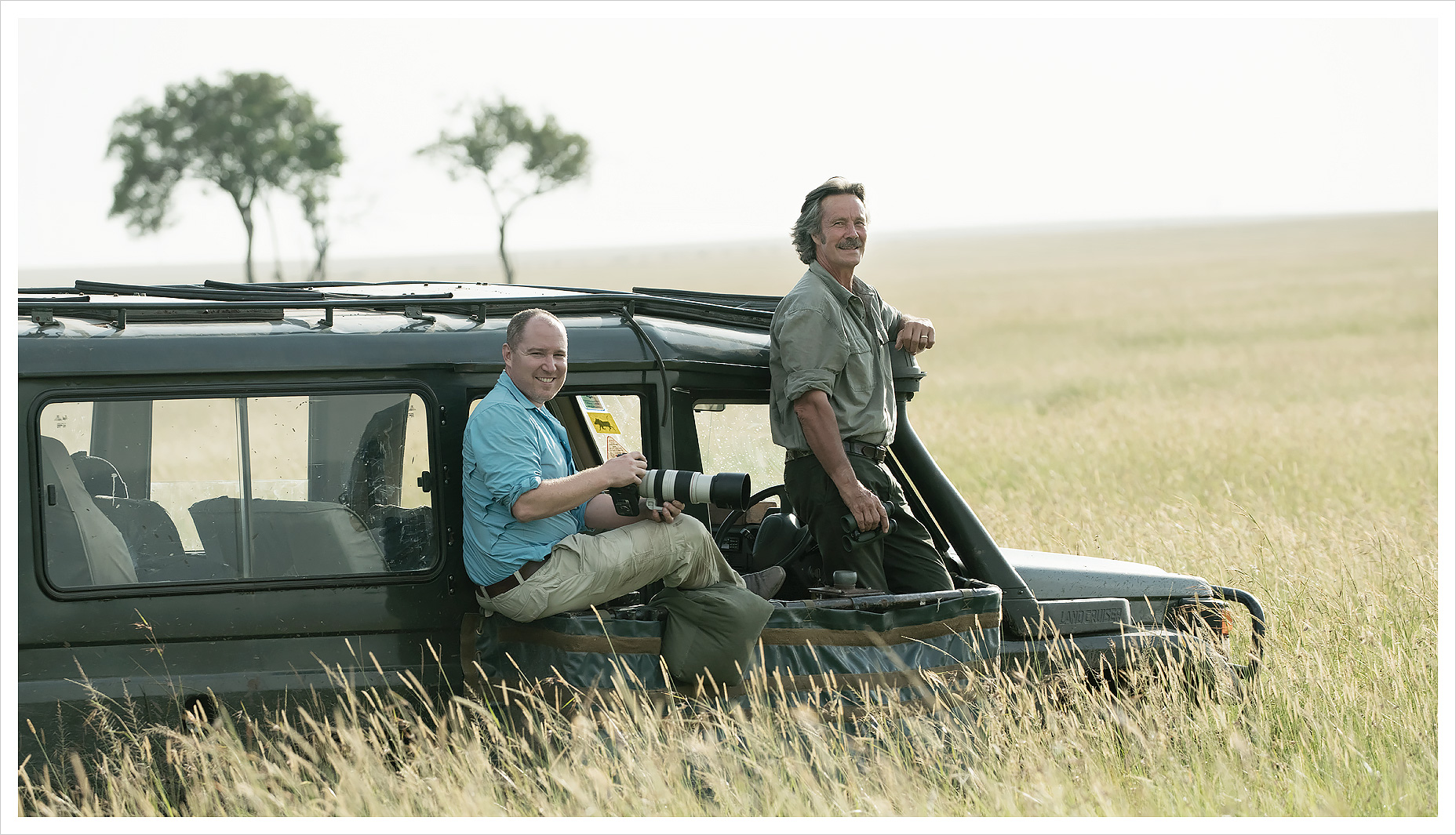03
EPISODES
Jonathan & Angela Scott: Sacred Nature
Jonathan & Angela Scott are revered nature photographers living in Kenya. Their knowledge of the Masai Mara Reserve and its famous big cats stretches back over 40 years. They work to expose the true wonder of the Mara’s abundant wildlife and ensure its survival into the future.
Eric Cheng: Misunderstood Predators
Underwater photographer Eric Cheng hopes to bring to light the true nature of some of the world’s most feared marine predators. He travels to Brazil to dive and photograph the world’s heaviest snake – the Anaconda. Eric then submerges in the Bahamas to witness a remarkable bond occurring between tiger sharks and humans.
Stephen Dupont: Life and Death
Documentary photographer Stephen Dupont has spent a lifetime covering wars and disasters. He now seeks to uncover a new perspective on death. He begins in the burning ghats of Varanasi where death is celebrated in unique ways. His journey then takes him to remote Namibia to learn the ancient rituals of the Kalahari Bushmen.

